Software giant Citrix Systems recently forced a password reset for many users of its Sharefile content collaboration service, warning it would be doing this on a regular basis in response to password-guessing attacks that target people who re-use passwords across multiple Web sites. Many Sharefile users interpreted this as a breach at Citrix and/or Sharefile, but the company maintains that’s not the case. Here’s a closer look at what happened, and some ideas about how to avoid a repeat of this scenario going forward.
The notice sent to ShareFile users looked like this:
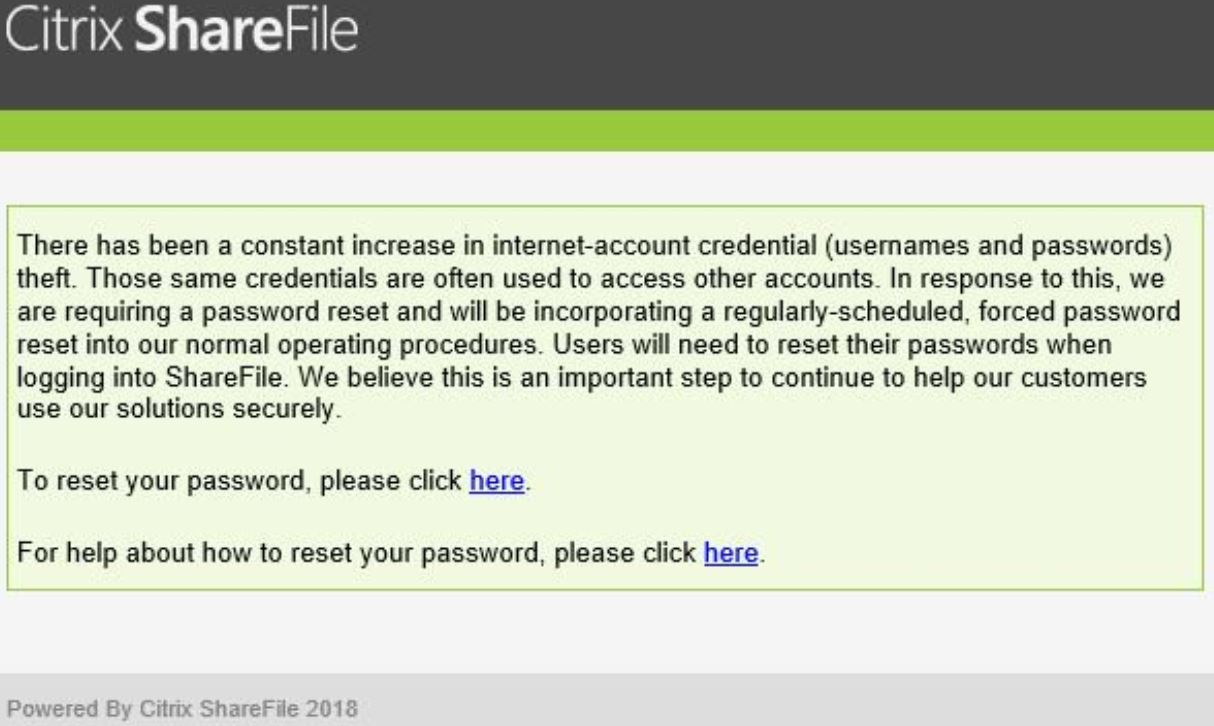
Dozens of readers forwarded the above message to KrebsOnSecurity, saying they didn’t understand the reasoning for the mass password reset and that they suspected a breach at ShareFile.
I reached out to ShareFile and asked them point blank whether this reset effort was in response to any sort of intrusion at Citrix or ShareFile; they said no. I asked if this notice had been sent to everyone, and inquired whether ShareFile offers any form(s) of multi-factor authentication options that customers could use to supplement the security of passwords.
A Citrix spokesperson referred me to this page, which says ShareFile users have a number of options when it comes to locking down their accounts with multi-factor authentication, including a one-time code sent via SMS/text message, as well as one-time passwords generated by support authenticator mobile apps from Google and Microsoft (app-based multi-factor is the more secure option, as discussed here).
More importantly, the Citrix spokesperson said the company did not enforce a password reset on accounts that were using its most robust form of multi-factor authentication (single sign-on solutions, or SSOs). To wit:
“This is not in response to a breach of Citrix products or services,” wrote spokesperson Jamie Buranich. “Citrix forced password resets with the knowledge that attacks of this nature historically come in waves. Attacker’s additional efforts adapt to the results, often tuning the volume and approach of their methods. Our objective was to minimize the risk to our customers. We did not enforce a password reset on accounts that are using more stringent authentication controls. Citrix also directly integrates with common SSO solutions, which significantly reduces risk.” Continue reading







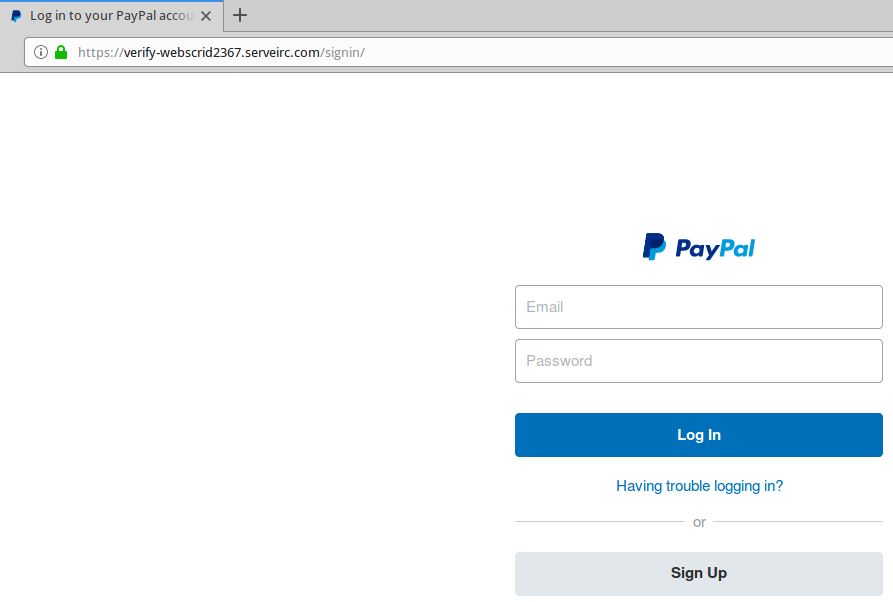
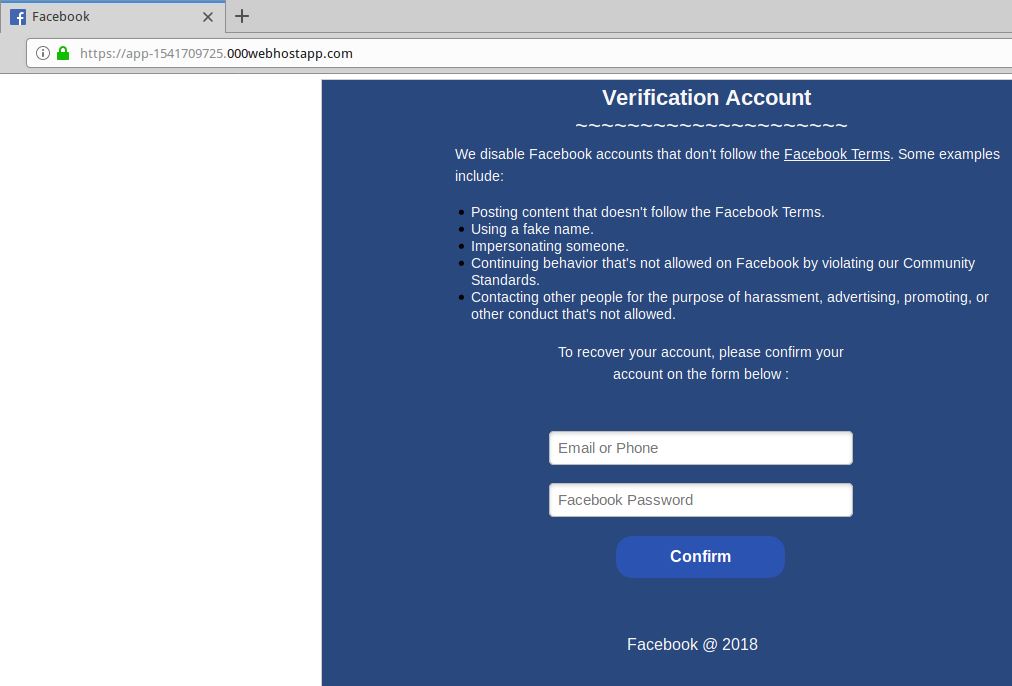
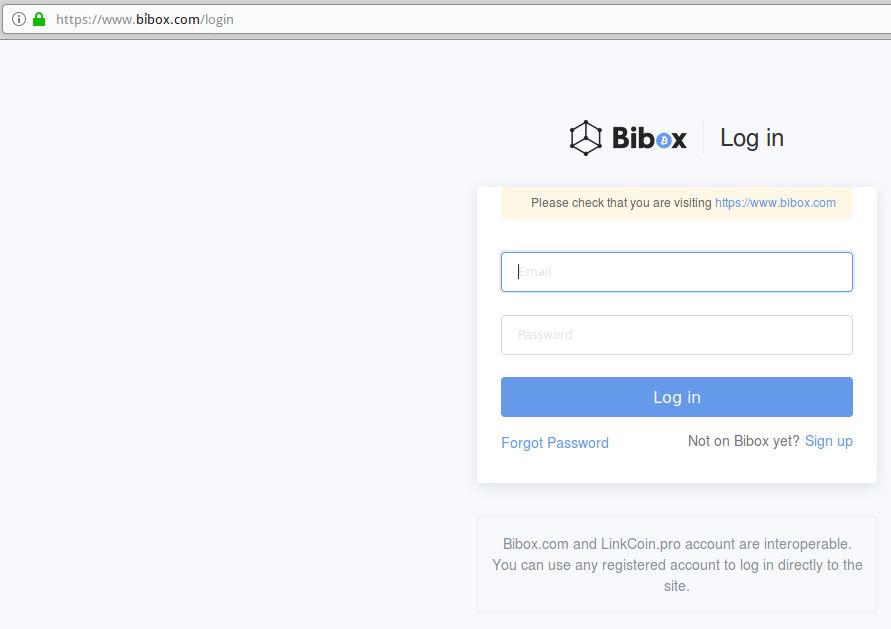


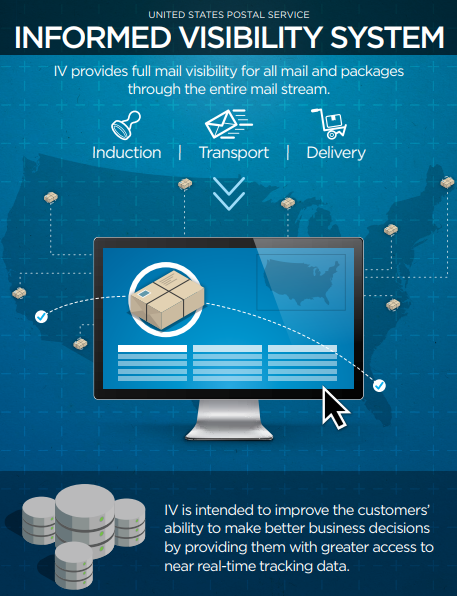

 As per usual, most of the critical flaws — those that can be exploited by malware or miscreants without any help from users — reside in Microsoft’s Web browsers Edge and Internet Explorer.
As per usual, most of the critical flaws — those that can be exploited by malware or miscreants without any help from users — reside in Microsoft’s Web browsers Edge and Internet Explorer.
